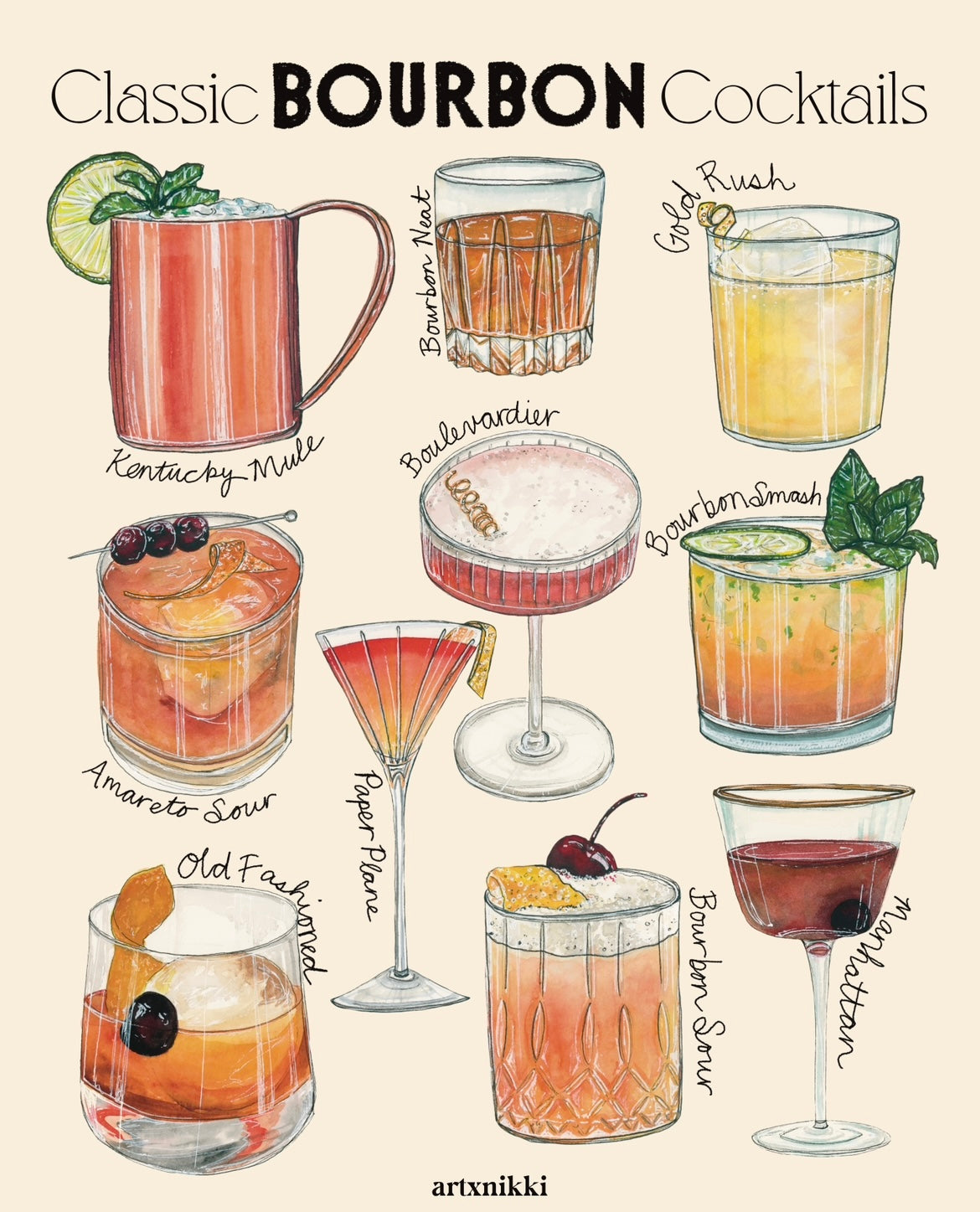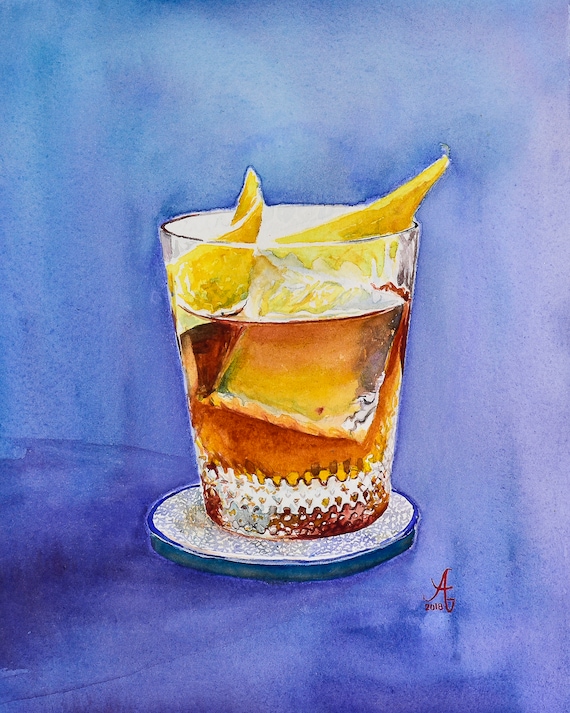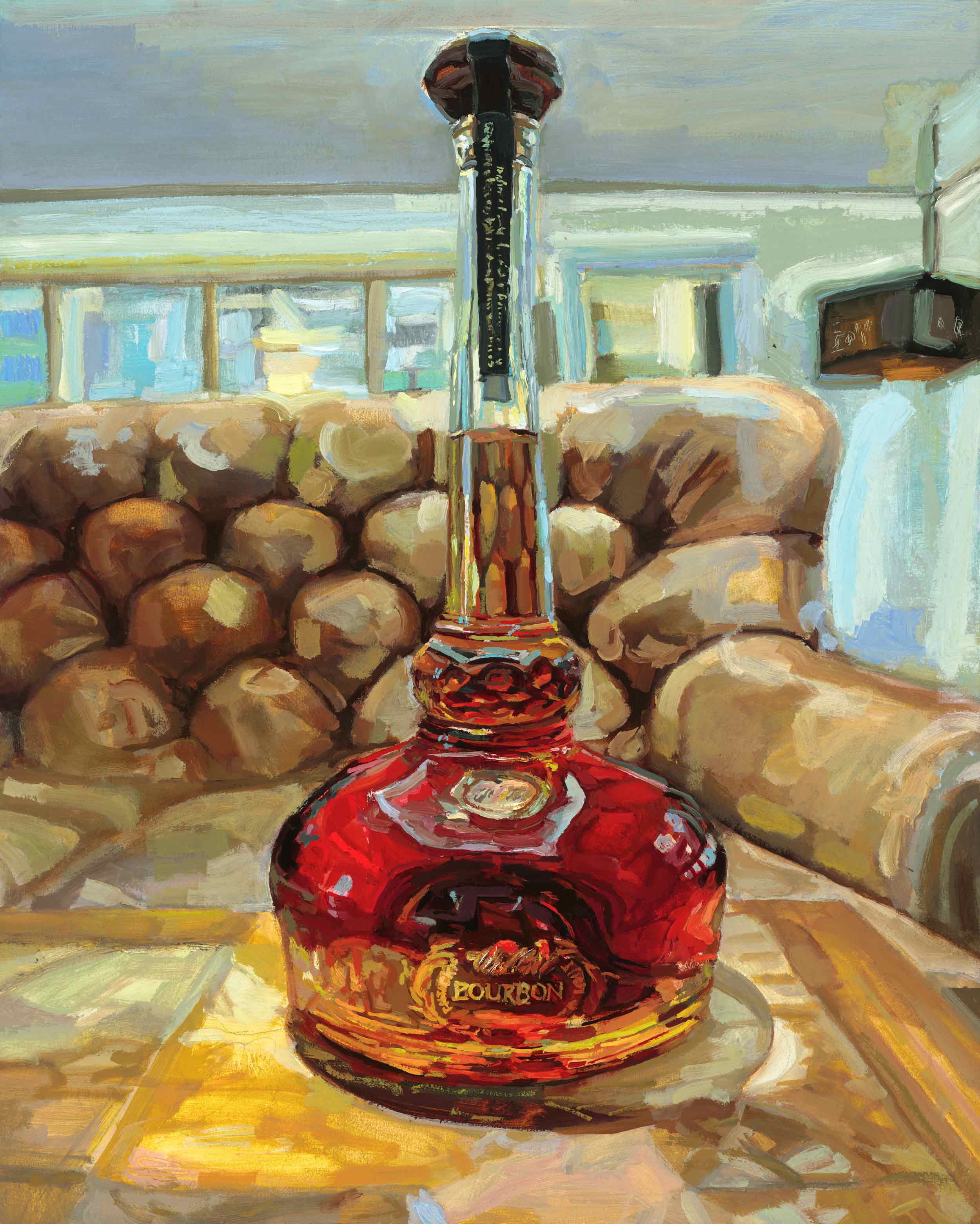Explore the World of Bourbon Art: A Journey With Culture and Craftsmanship
Explore the World of Bourbon Art: A Journey With Culture and Craftsmanship
Blog Article
The Value of Whiskey Art in Celebrating Heritage and Workmanship in the Beverage Industry
The elaborate relationship in between scotch art and the event of heritage and craftsmanship within the drink sector can not be overstated. Through thoughtfully designed bottles and labels, scotch brand names encapsulate their historical origins and the artisanal skills that define their production techniques.
The Historic Origins of Whiskey
At the heart of whiskey's appeal exists a rich tapestry of historic roots that map back to ancient civilizations. The beginnings of bourbon can be connected to the distillation techniques of the Sumerians and Babylonians around 2000 BCE, where very early types of fermented grain beverages started to emerge. However, it remained in the Center Ages that the art of distillation advanced dramatically, especially in Ireland and Scotland, resulting in the production of bourbon as we understand it today.
The term "whiskey" itself originates from the Gaelic word "uisce beatha," implying "water of life." This phrase emphasizes the social relevance of bourbon in Celtic societies, where it was frequently related to routines, parties, and common bonding. By the 15th century, distillation ended up being a recognized craft within reclusive neighborhoods, leading the way for the facility of lawful distilleries.
As profession paths increased, scotch's appeal expanded, going beyond regional boundaries and catching the interest of aficionados worldwide. Limited Edition. This historical trip reflects not only the workmanship behind whiskey manufacturing but also its essential role in social and cultural contexts, noting it as a considerable drink throughout history
Artistic Expression in Branding
Scotch branding stands as an engaging crossway of virtuosity and business, where aesthetic identity plays a critical role in shaping consumer perception. The visual appeals of bourbon tags, packaging, and marketing products reflect not only the brand name's story but additionally its core values and heritage. With creative expression, distilleries communicate a story that resonates with consumers, evoking emotions and stimulating connections.
Making use of color, typography, and imagery in branding offers to separate items in a saturated market. For instance, standard concepts may evoke a feeling of credibility and workmanship, while modern designs can signify innovation and forward-thinking. This strategic creative instructions enhances brand name recognition and commitment, permitting consumers to forge a personal relationship with the scotch they select.
Moreover, imaginative expression in branding often works as a celebration of regional heritage. Distilleries regularly integrate local symbols or historic recommendations right into their styles, producing a local color that welcomes customers to participate in a wider cultural experience. Ultimately, the virtuosity behind bourbon branding not just boosts aesthetic allure however additionally enhances the total narrative of the brand, fostering a much deeper gratitude for the workmanship and heritage ingrained in each container.
Craftsmanship in Container Style
The creativity obvious in scotch branding extends beyond aesthetic identity to include the craftsmanship entailed in bottle design. Each container functions as a vessel not simply for the spirit within, however additionally for the tale it tells about its top quality, click site beginning, and tradition. The design process requires careful interest to detail, as components such as material, shape, and closure add considerably to the total understanding of the scotch.
Workmanship in bottle design entails picking high-quality glass that can boost the whiskey's color and quality, while additionally supplying a tactile experience for the consumer. The why not try here silhouette of the bottle need to be both aesthetically appealing and useful, often showing the heritage of the brand. Many distilleries go with special shapes or embossed logos that evoke a feeling of credibility and history.
Additionally, the label layout and typography play an important duty in interacting the brand's narrative. Limited Edition. A well-crafted container not only captivates the customer's eye yet additionally strengthens the brand name's commitment to quality and practice. This way, the craftsmanship of container style ends up being an important aspect of the scotch experience, combining virtuosity with a profound respect for heritage
Cultural Relevance of Scotch Art
Celebrating custom and craftsmanship, the cultural importance of bourbon art transcends simple aesthetic appeals, linking with the historic and social stories of the areas where it comes from. Each bottle functions as a canvas, showing the distinct stories, mythology, and customs that have shaped neighborhood whiskey-making techniques. The detailed layouts commonly mirror the heritage of the distillers, including icons and motifs that reverberate with the society and values of their neighborhoods.

In addition, whiskey art plays a crucial role in common celebrations and celebrations, acting as a concrete link in between people and their shared experiences. By appreciating the creativity in whiskey product packaging, consumers cultivate a much deeper understanding and respect for the craft, eventually enriching their satisfaction of the beverage itself.
Modern Trends in Scotch Discussion
Over the last few years, the presentation of whiskey has actually developed to show modern preferences and trends while still recognizing conventional workmanship - Whiskey Art. Distilleries are progressively concentrating on visual components that enhance the overall drinking experience, connecting the void in between heritage and modernity
Ingenious bottle designs have actually arised, typically integrating lasting materials and imaginative tags that tell engaging stories. Lots of brands currently work together with regional artists, instilling their items get more with distinct visual expressions that resonate with customers. Furthermore, limited-edition launches are often packaged in collectible containers, including worth and charm for aficionados.

Conclusion
Finally, scotch art serves as a crucial avenue for expressing the heritage and workmanship intrinsic in the beverage sector. Through elaborate branding, cutting-edge container designs, and culturally substantial artistic components, bourbon brand names efficiently honor their practices and connect with consumers. This imaginative story not just elevates the gratitude of bourbon but additionally strengthens neighborhood identity and pride amongst manufacturers. Inevitably, whiskey art plays a necessary duty in preserving and commemorating the rich cultural tapestry of whiskey-making.


Workmanship in bottle design involves picking high-grade glass that can boost the bourbon's color and quality, while likewise supplying a tactile experience for the customer. In this way, the workmanship of container design ends up being an essential element of the scotch experience, combining virtuosity with a profound respect for heritage.
In conclusion, whiskey art serves as an important channel for revealing the heritage and workmanship inherent in the drink industry.
Report this page